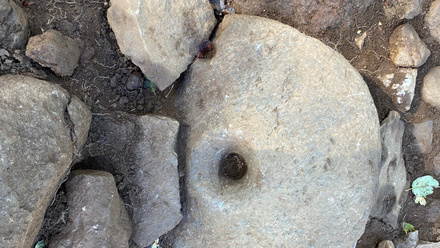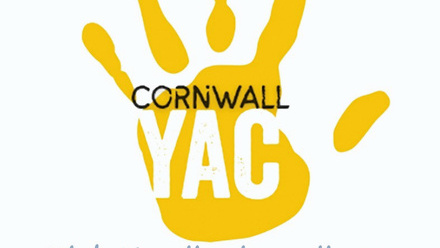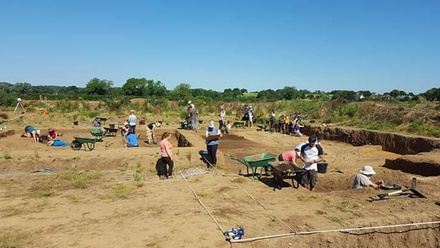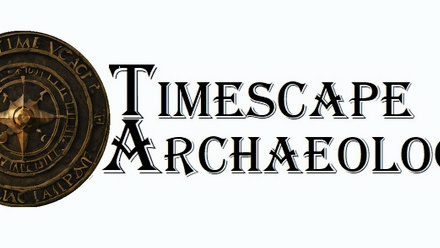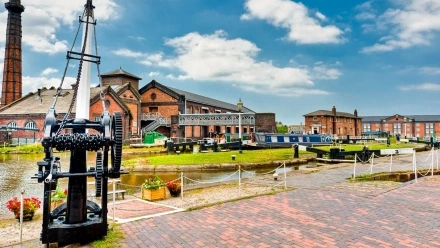Wiltshire and Swindon History Centre serves as a focal point for heritage services in Wiltshire. More than just an archive and records office, it also incorporates museums, archaeology and conservation services. It is the "passport to the past" for those interested in Wiltshire and Swindon history.
THE WILTSHIRE ARCHAEOLOGY SERVICE
We are a team of 5, plus several invaluable volunteers who support us in enhancing our work. We sit adjacent to the main room of the History Centre where you can also find the Stonehenge and Avebury World Heritage Site unit and Wiltshire Buildings Records (WBR). Our principal role is to support the Historic Environment within the planning process, but we also provide a diverse range of heritage services.
Already today two of the team have been working on searches of our database for external researchers. Some of these researchers are academic, others carrying out archaeological assessments to submit with planning applications.
Another team member is meeting our work experience students to explain our work, before heading off to visit the Operation Nightingale excavation at Barrow Clump. Archaeologists from #WessexArchaeology are working with wounded veterans as part of a rehabilitation and wellbeing project. We try to visit as much fieldwork in the County as we can; visits are intended to engage with other archaeologists, get an overview of research and to help maintain standards.
Standards are particularly important when fieldwork is undertaken as part of the planning process. Our team screens every week’s new planning applications for archaeological potential, both in terms of impact of development and of significance of remains, where we have that information. Where we, and our colleagues in planning, need more information we may ask for desk-based assessment, geophysical survey or trial trenching, and in all these cases, ensuring the work is professionally delivered is important, so that we have the data we need to make informed decisions. This evaluation stage may then lead onto further work, such as full excavation, monitoring of groundworks, and sometimes preservation of remains in situ. With this latter option it’s possible for the protected remains to become a feature within a new development, helping provide foundations for and interest within new housing, or beneath a school. One example of how this works is the Bulford Service Family Accommodation project, where major excavation and preservation of remains preceded the new estate.
We also regard outreach as an important part of our role and during the current fortnight we are delivering three guided walks as part of the #Festivalofarchaeology We also give talks and lectures, produce articles and engage with members of the public involved in their local archaeology.

